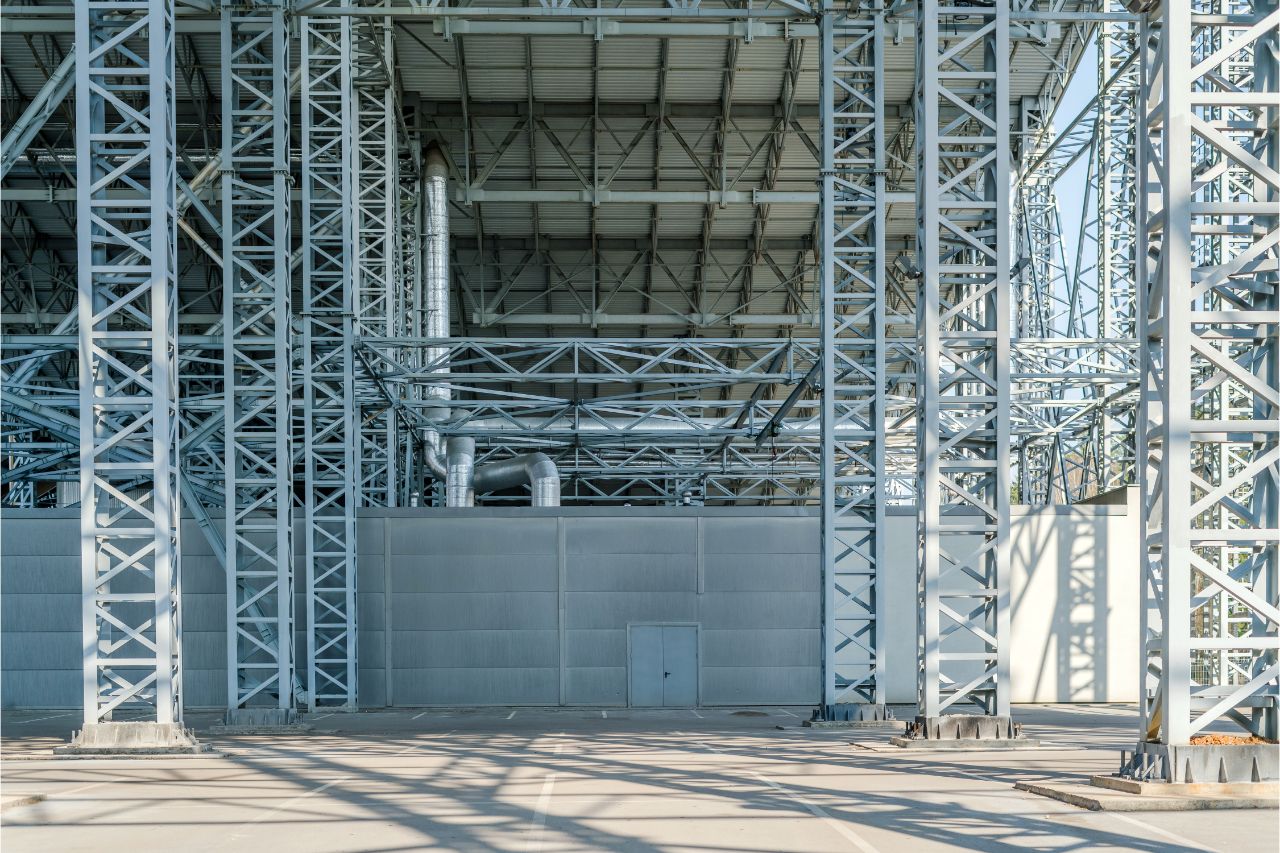
 July 5, 2021
July 5, 2021

Given the current age of infrastructure marked by rising demand for more specialized buildings, the construction industry is seen to never slow down. Unfortunately, the massive sector also faces challenges involved in knowing how to achieve sustainable construction methods. From the reliance on fossil fuels for energy, sourcing, fabrication, and shipping carbon emissions, to improper disposal of hazardous wastes — construction projects affect not just the environment and animal habitat, but also the health of people.
There are growing concerns over climate change and the finite nature of resources. This being said, the negative impacts of traditional construction and their resulting buildings have pushed architects, engineers, developers, and every provider of construction services in the Philippines to look into how to achieve sustainable construction.
In this guide, we’ve rounded up six ways to achieve sustainable construction. Continue reading to learn more.
At its core, sustainable construction involves using renewable and recyclable materials for building structures. These eco-friendly construction materials reduce energy consumption and waste production generated from various manufacturing processes.
Take steel as an example. As one of the most-used construction materials today, steel is highly sustainable. It is 100% recyclable and can be melted for other applications without compromising its durability and strength. Various finishing methods for steel also increase its durability (i.e., galvanization for corrosion resistance).
Steel has an extensive lifespan (approximately 100 years) and low maintenance costs, which are clear indicators of how much it positively impacts the planet.

Prefabricated construction involves using modular components made in a factory off-site to be transported and assembled in the site. This method of building structures is continuously increasing in popularity because it is not only cost-effective and allows for enhanced design customization but is also time-efficient and sustainable.
Prefabricated construction makes use of detailed structural drawing templates. This allows for economies of scale, wherein employees produce the components in an assembly line process. Prefabricated buildings also involve using only the necessary components, which cut down material waste. The optimized factory conditions reduce design errors, cutting down energy consumption even further. To be exact, prefabricated buildings take up to 67% less energy to put up compared to conventional structures.
Fuel consumption is also significantly cut down as prefabricated construction eliminates the need for transporting heavy machinery from one place to another just to fabricate building components. To add to that, prefabricated buildings are known for their enhanced durability, so the energy and carbon emissions of their construction can be amortized over a longer lifespan.
Every cladding, frame, flange, roof, floor, and other parts are delivered to be erected on-site by simply bolting. As a result, this speeds up construction processes and mitigates environmental impacts.
All these being said, the prefabricated construction approach holds enormous potential for achieving sustainability goals.
It is not possible to fully avoid waste production on a construction site. Construction waste can be byproducts of drywalls, metal, insulation, cardboard, roofing, and many more. The good news, however, is that a surprising amount of waste can be reduced or recycled.
One simple way to reduce waste is to choose materials that require little packaging. Using highly recyclable components like steel is another approach to minimize waste and move towards achieving sustainable construction. You can also look into how you approach each construction project. Standardizing processes and hiring highly skilled workforces minimizes labor errors and waste production as well.
For sustainable waste management, make sure to order only the necessary supplies. Waste is also generated when materials end up being unused due to improper quantity forecasting.

In association with reducing fuel consumption, you can also consider choosing local suppliers. You might not realize it but a few trips made for the sake of material transportation have consequent carbon footprints. Transportation accounts for about one-fifth of global carbon dioxide (CO2) emissions. Sustainable construction is about taking action to reduce the industry’s impact on the environment — no matter how small.
One of the simplest ways to achieve sustainable construction is by using renewable energy sources. Incorporating solar, wind, and even hydro energy can significantly reduce the project’s carbon footprint. The best part is, this also results in long-term energy savings.

Achieving sustainable construction is a holistic approach. It starts from the moment you procure raw materials to the turnover of the project and how it functions in the future.
This can mean establishing a network of vendors that provide sustainable materials, changing your hiring practices to prioritize employees with knowledge in sustainable construction, designing your building according to LEED standards, and even encouraging recycling programs among the workforce. The key is to build sustainability into every construction phase.
The construction industry is being called upon to adopt sustainable practices. This being said, we have listed six ways to achieve sustainable construction.
Transitioning to sustainability requires a considerable amount of research, innovation, creativity, budget, and cooperation among project stakeholders. Nonetheless, project owners must set an example by embracing the sustainability trend for a greener future.